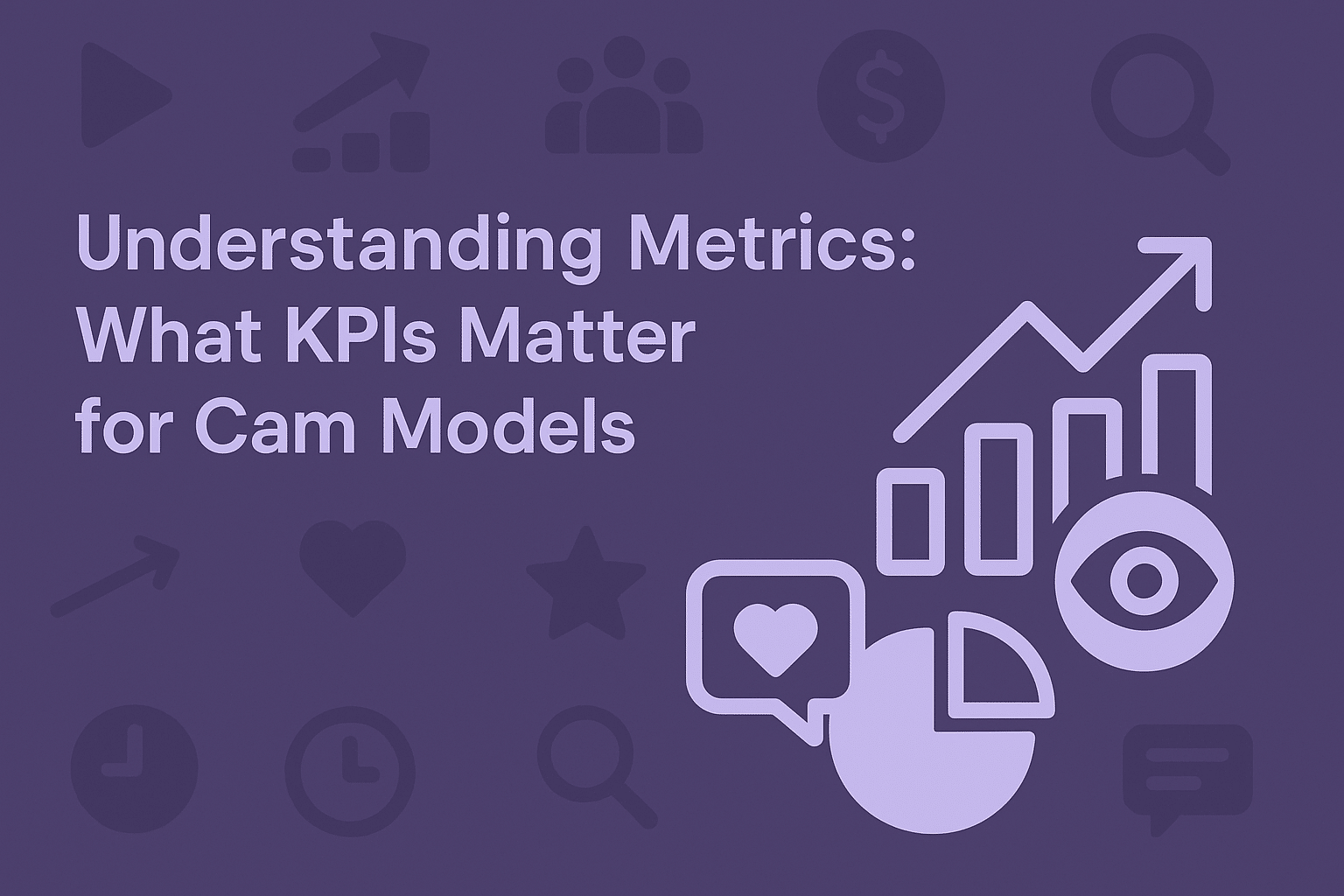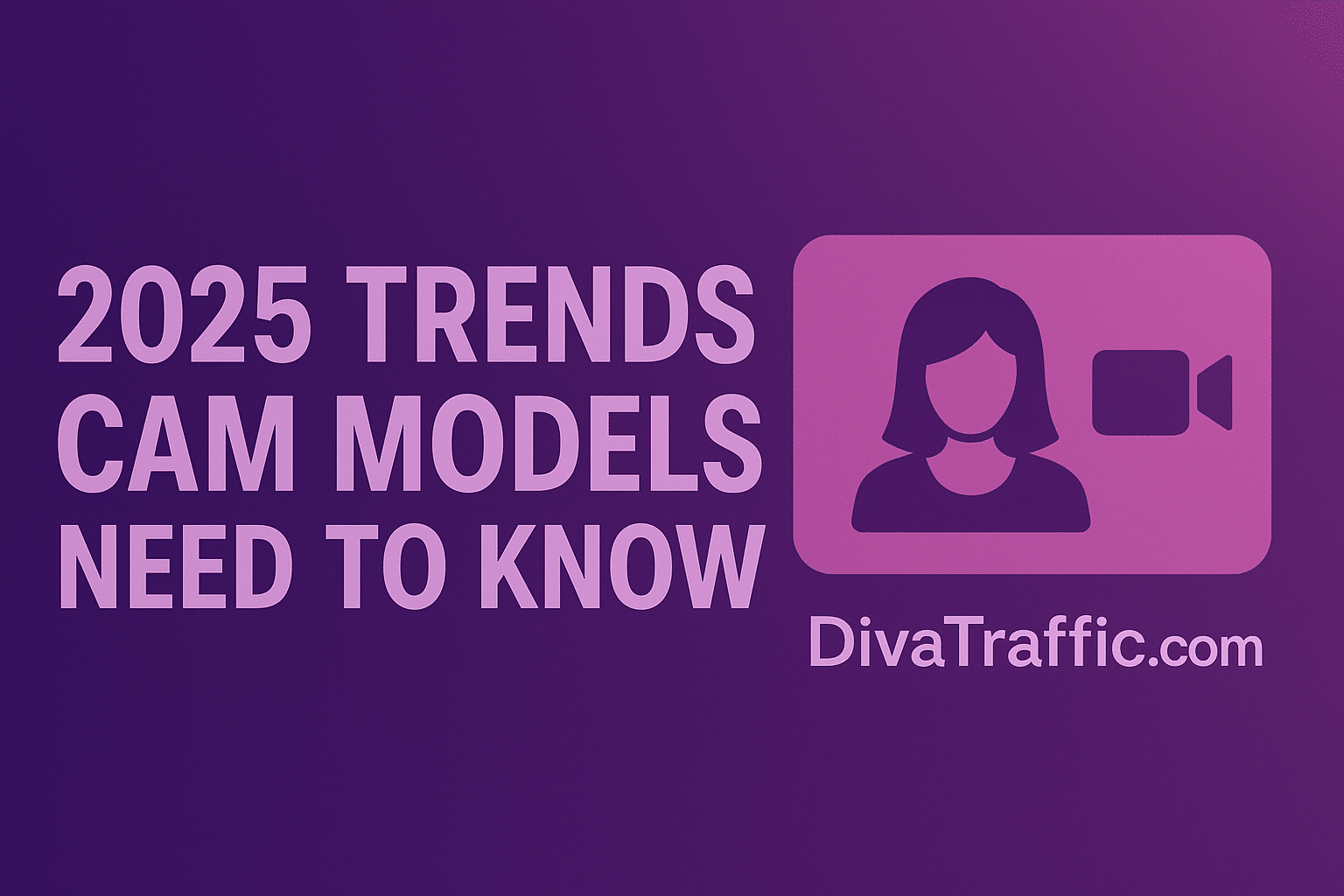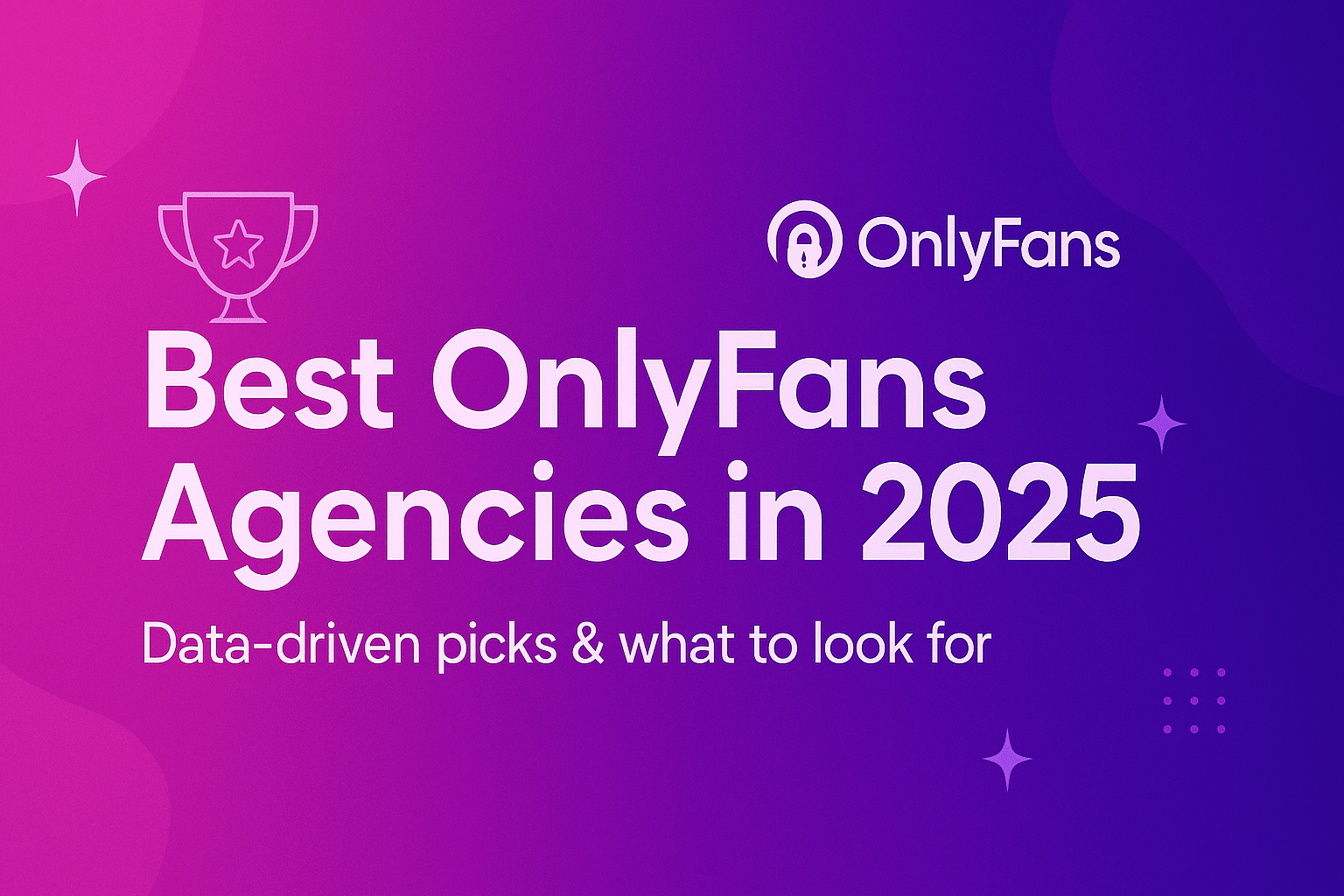Understanding Metrics: What KPIs Matter for Cam Models

In the competitive world of cam modeling, success doesn’t happen by accident; it’s often driven by data. While creativity, charisma, and authenticity are crucial, the models who consistently grow their earnings are those who not just know how to attract their audiences but also understand their numbers. Key Performance Indicators (KPIs) are the metrics that tell you what’s working, what’s not, and where to adjust your camming strategy.
As an expert in the cam model industry for quite some time, I can tell that maybe the way you look through data might be a bit different than working in a corporate office; however, tracking your KPIs is the equivalent of running your career like a business.
You gain clarity on how to attract more viewers, keep them engaged, and ultimately convert them into paying fans. Let’s dive into the most important KPIs every cam model should monitor, and how to leverage them for long-term growth.

1. Views: Measuring Reach & Visibility
Why it matters: Views represent your overall traffic and exposure. The more eyes on your cam room or profile, the higher the chances of attracting paying customers.
What to track:
- Unique viewers vs. repeat viewers: Are you constantly reaching new fans, or mainly keeping the same audience engaged?
- Peak hours performance: At what times are your views the highest?
- Traffic sources: Which platforms, campaigns, or promotions bring you the most eyeballs?
How to use it: If views are low, it’s a sign that promotion or visibility needs attention. You can test new traffic sources (like DivaTraffic campaigns), optimize your cam profile for better discoverability, or adjust your schedule to match audience availability.

2. Engagement: The Pulse of Your Audience
Why it matters: Views are one thing, but engagement shows whether your audience is actually interested. Engagement reflects how connected fans feel to your performance.
What to track:
- Chat activity: How many users are typing, asking questions, or interacting?
- Emojis/reactions: On some platforms, reactions can be a strong signal of engagement.
- Room time: How long viewers stay before leaving.
How to use it: A highly engaged audience is easier to convert into tippers or private show buyers. If engagement is low, try more interactive tactics: asking questions, running polls, or creating themed shows. Small adjustments, like improving lighting, sound, or background, can also reduce drop-off rates.
3. Conversion Rate: Turning Viewers Into Spenders
Why it matters: Having thousands of views means nothing if nobody spends. Conversion is about transforming passive viewers into active, paying supporters.
What to track:
- Free-to-paid conversion: How many free viewers move into tipping, subscribing, or booking private shows?
- Click-through rate (CTR): If you promote premium content or links (OnlyFans, clips stores, etc.), how often do viewers click?
- Goal completions: Did they tip toward your show goal, buy a ticket, or unlock a feature?
How to use it: If conversion is weak, look at your calls-to-action (CTAs). Are you asking for tips in a compelling way? Do your viewers know exactly what they get when they upgrade or spend? Optimizing your upsell strategy is key.

4. Tips and Revenue: Your Bottom Line
Why it matters: At the end of the day, revenue is the KPI that keeps your career sustainable. Tips, private shows, and premium sales all feed into this.
What to track:
- Average tip size: Are fans giving small, frequent tips or fewer large ones?
- Earnings per viewer: How much money do you make on average per unique viewer?
- Revenue streams breakdown: Which income source is growing (tips, privates, subscriptions) and which is declining?
How to use it: Revenue data helps you identify your most profitable activities. If private shows generate most of your earnings, you may want to promote them more. If subscription sales are flat, maybe you need to refresh your content or pricing.
5. Retention: Building a Loyal Fan Base
Why it matters: Retention is about keeping fans coming back. A loyal fan is worth more than a dozen one-time tippers because they spend consistently.
What to track:
- Repeat viewers per week/month: How many fans come back regularly?
- Churn rate: How many subscribers or regulars stop supporting you?
- Lifetime value (LTV): The total amount a fan spends over their entire time with you.
How to use it: If retention is low, you may need to strengthen your fan relationships. Sending personalized messages, offering loyalty rewards, or creating subscriber-only shows can increase repeat visits and long-term value.
6. Campaign Performance: Measuring Marketing ROI
Why it matters: Many successful cam models invest in traffic campaigns to boost visibility. Understanding how these campaigns perform ensures you’re not just spending money, but making it back in multiples.
What to track:
- Cost per acquisition (CPA): How much you spend to acquire a new paying fan.
- Return on ad spend (ROAS): For every dollar spent on traffic, how much revenue comes back.
- Audience quality: Are the viewers you’re bringing in actually spending?
How to use it: With tools like DivaTraffic, you can target specific audiences and monitor which campaigns generate real conversions. Doubling down on profitable campaigns and cutting underperforming ones is essential for growth.
7. Session Length and Show Duration
Why it matters: The length of time viewers stay in your room directly affects your earning potential. Longer sessions often lead to higher engagement and tips.
What to track:
- Average session length per viewer
- Total time spent broadcasting per week
- Correlation between show length and tips earned
How to use it: Experiment with different show formats. Sometimes shorter, more energetic shows perform better; other times, marathon sessions with steady engagement yield higher earnings. Your numbers will tell you what works best.
Turning Data Into Growth
Tracking KPIs is only valuable if you use the insights to take action. Think of your metrics as feedback from your business. If you notice dips in one area, it’s an opportunity to test something new. If you see growth, double down and scale it.
Here are some quick tips to turn your KPI tracking into real results:
- Set benchmarks: Know your averages for each metric, so you can measure improvements.
- A/B test strategies: Try different show times, CTAs, or promotions to see what moves the numbers.
- Review weekly, adjust monthly: Don’t obsess over daily fluctuations; trends matter more than single days.
- Focus on ROI: Not all KPIs are equal—prioritize the ones tied directly to revenue and retention.
Final Thoughts
Being a successful cam model is part art, part business. The art comes from your personality, creativity, and unique style. The business side is all about understanding your metrics. By tracking views, engagement, conversions, revenue, and retention, you gain control over your growth instead of leaving it to chance.
However, if you want to speed things up, you can also boost visibility and attract more viewers to your cam shows by leveraging DivaTraffic‘s adult traffic to boost your cam channel as well!
In conclusion, the models who treat their careers like a data-driven business are the ones who rise above the competition. KPIs are your roadmap; follow them closely, and you’ll know exactly how to reach the next level of success.



